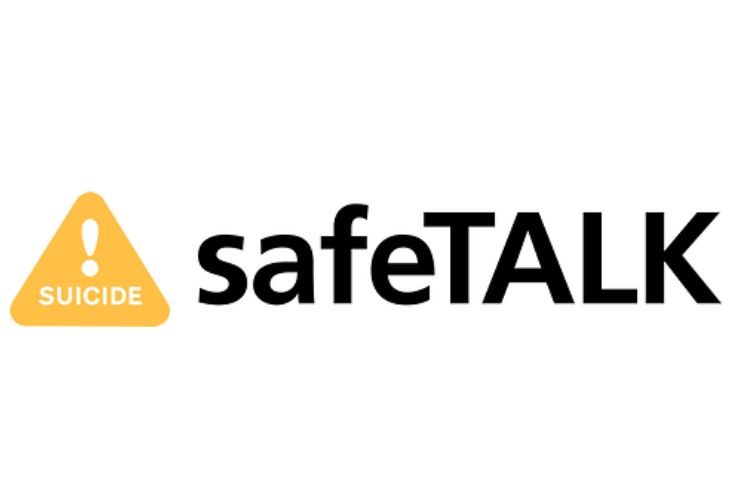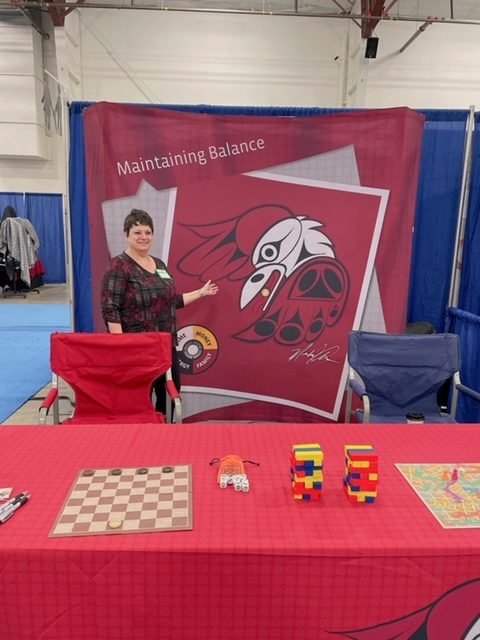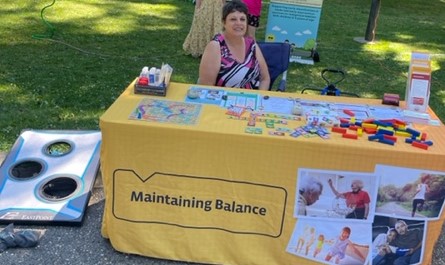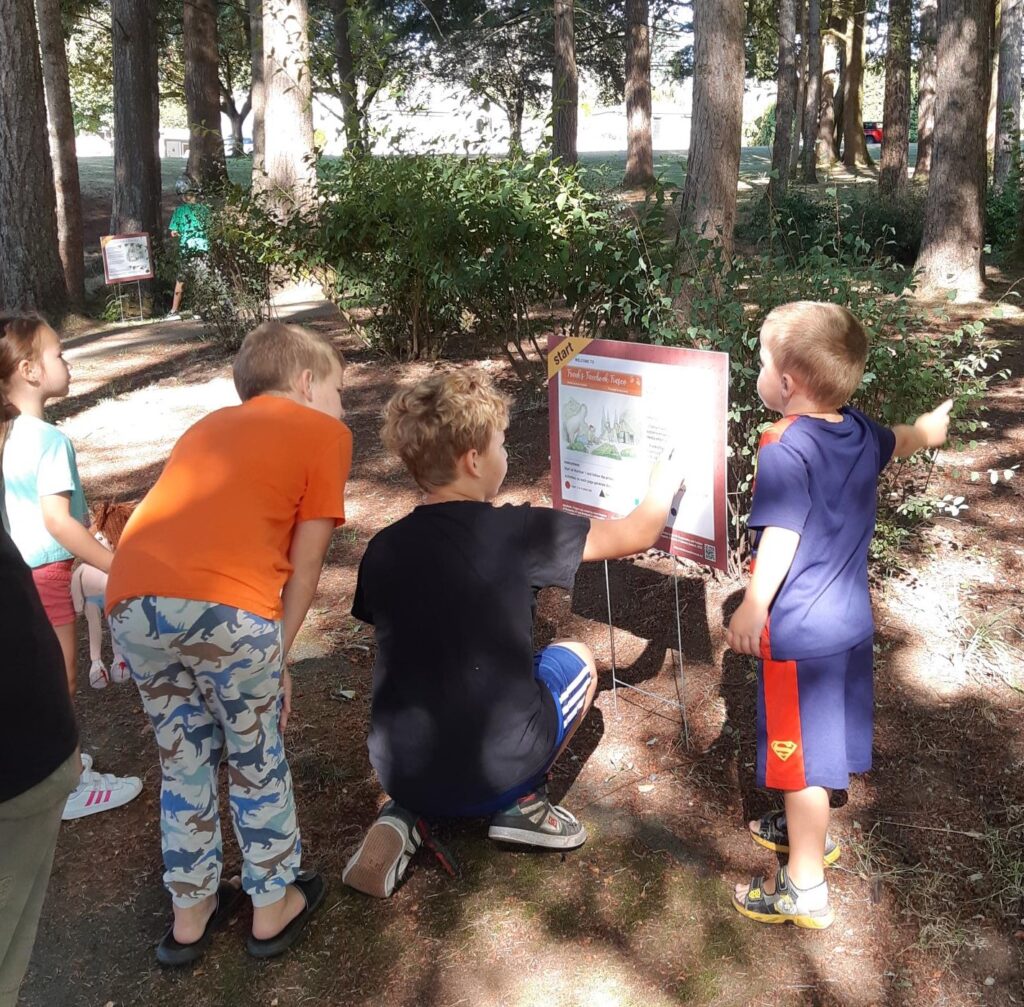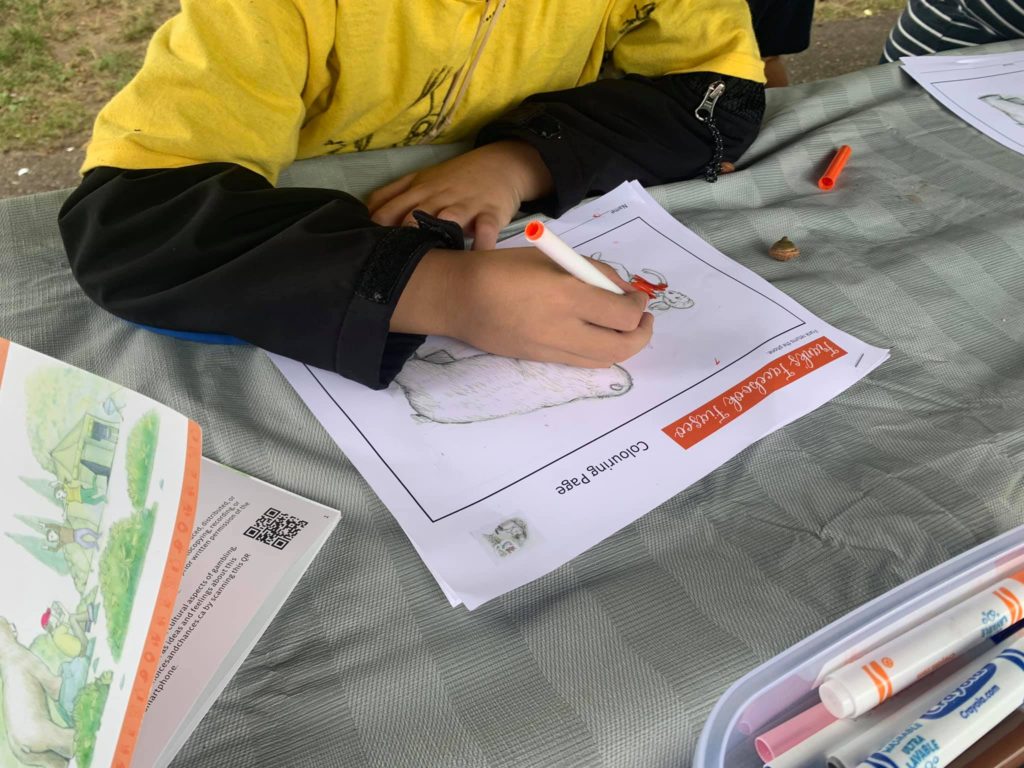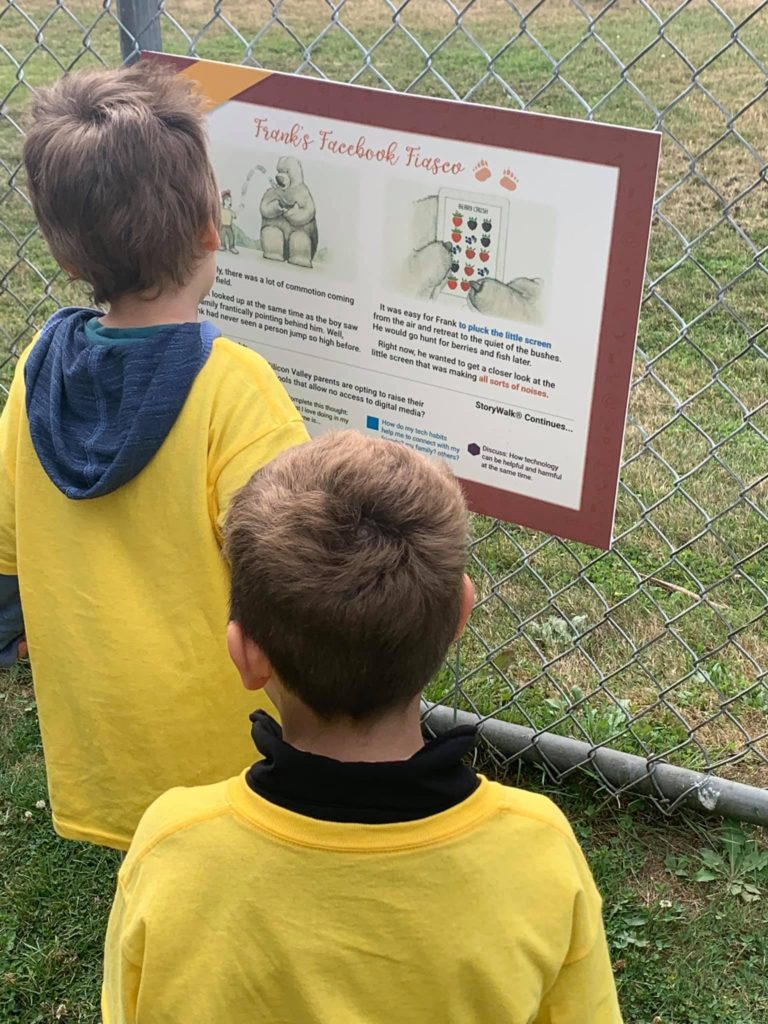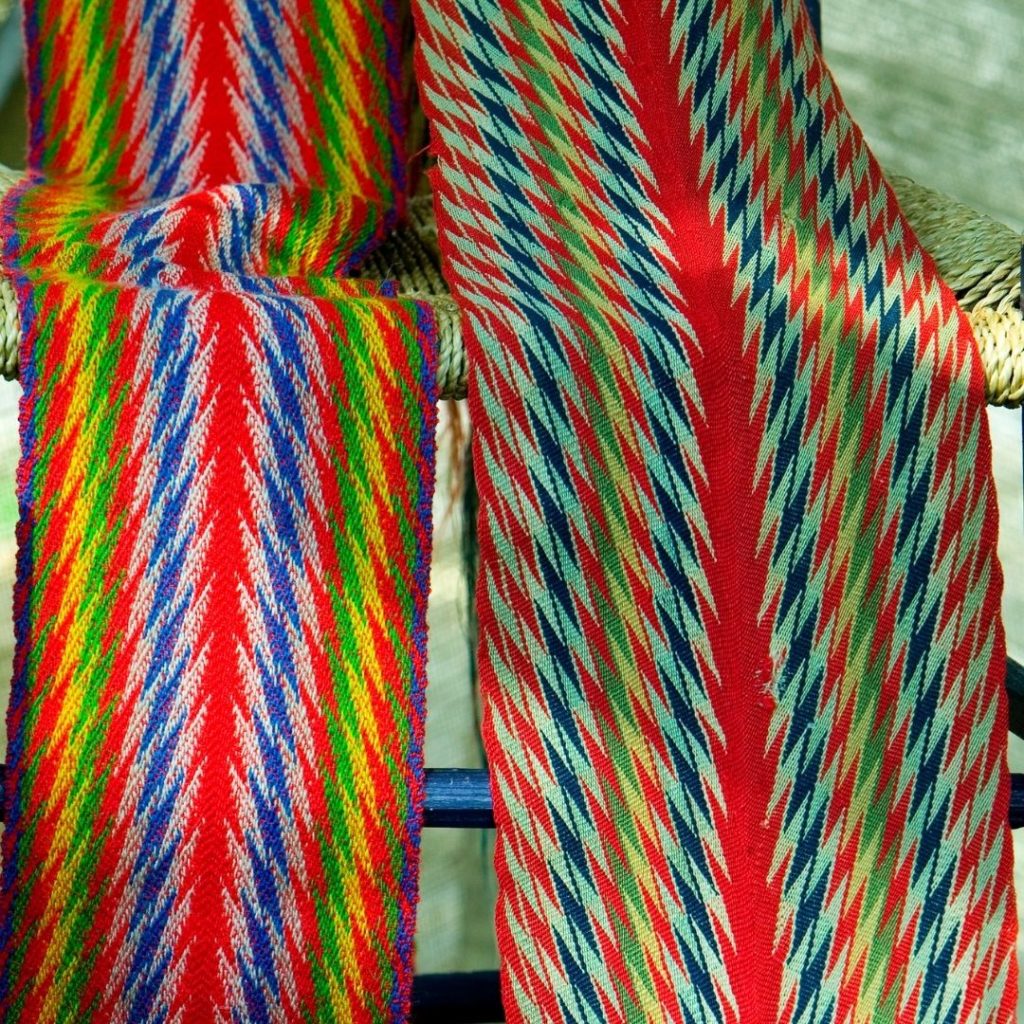
Who Are Métis People?
Recognition in the Canadian Constitution
The Métis are one of the three Indigenous peoples recognized in the Canadian Constitution. These three groups are Métis, Inuit, and First Nations.
Origins of the Métis People
- The Métis people originated from the fur trade, where mainly Irish, Scottish, and French men came to Canada and took First Nations wives, sometimes referred to as “country wives.”
- The children of these couples became Métis.
- Previously referred to as “half-breeds”, these individuals were often viewed as “lesser” because they were not fully First Nations or fully European.
- Over time, the intermingling of First Nations and European cultures developed into a distinct Indigenous culture called Métis or Michif.
Role in Canada’s Development
- It is often said that Canada was built on the backs of Métis people.
- The Métis were primarily entrepreneurs or self-employed individuals.
- They often acted as intermediaries between First Nations, Europeans, and the government, helping to facilitate understanding and negotiation.
Distinct Culture and Language
- The Métis people have their own language called Michif, which reflects their unique cultural identity.
- Métis people are not under the status system as First Nations people are.
Symbols and Identity
- Métis people are known as the “flower beadwork people,” the “Forgotten People,” and the “Road Allowance People.”
- The Métis have a distinct flower design separate from First Nations and Inuit designs.
- The Métis were referred to as the “Forgotten People” because neither the Canadian government nor provincial governments took responsibility for them.
- This occurred despite legislation intended to provide land and education for their children.
- Many Métis also attended residential schools or day schools, similar to First Nations and Inuit.
- As the “Road Allowance People,” the Métis continued to face persecution.
- As a result, they moved westward from their original homelands in the Red River Valley, now known as the Winnipeg, Manitoba area.
- The Métis flag, with a blue background and a white infinity symbol, represents the union of two cultures and the continuity of the Métis culture.
- It is also considered the first Canadian flag, as it was the first flag flown by the people of Canada.
Cultural Artifacts and Practices
- Métis people designed the Red River Cart, which was used to haul goods for trade and as makeshift homes.
- The Métis sash, similar to the Scottish tartan, was finger woven by men and women.
- Originally, the colorful design represented a particular Métis family, but today, Métis people wear sashes to signify their heritage.
- Métis people have a distinct sense of humor that differs from First Nations humor.
- Sometimes misunderstood, this humor is a source of resilience and joy for Métis people.
- Laughter is an important aspect of their culture.
Misunderstandings and Cultural Identity
- Métis people are often incorrectly referred to as First Nations, which is hurtful due to their history of not being seen as fully Indigenous or Western enough.
- This misunderstanding reflects a lack of awareness that the Métis are a distinct culture, much like calling a Scottish person Irish, which would be incorrect, culturally insensitive, and disrespectful.
- Métis people share humor, customs, food, dress, and behavior, a connection that those from close-knit cultural backgrounds can relate to.
Traditional Métis Dance: Jigging
- Métis jigging is the traditional dance of the Métis people.
- The Red River Jig it is the most well-known Métis jig.
- Jigging can boost mood and well-being.
- Métis jigging often occurred as impromptu gatherings in homes.
- Most Métis men could play a musical instrument such as the fiddle or spoons, therefore, the music and dancing could continue for hours or sometimes days.
- The dancing is competitive in a friendly way, with participants cheering each other on to celebrate their uniqueness and individuality.
The Métis people have a rich cultural heritage that reflects their history, resilience, and adaptability. Through their distinct symbols, language, art, humor, and dance, the Métis continue to honor their unique identity while sharing their traditions with future generations.




